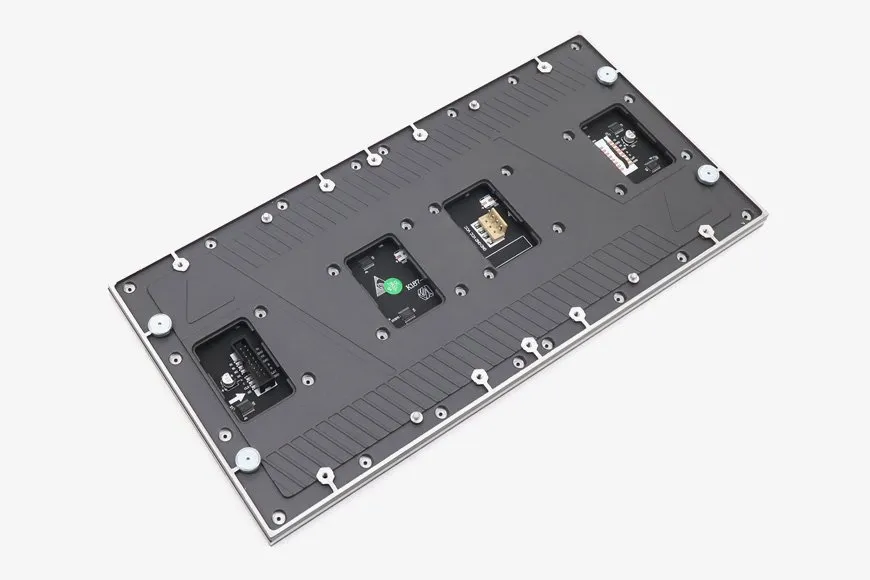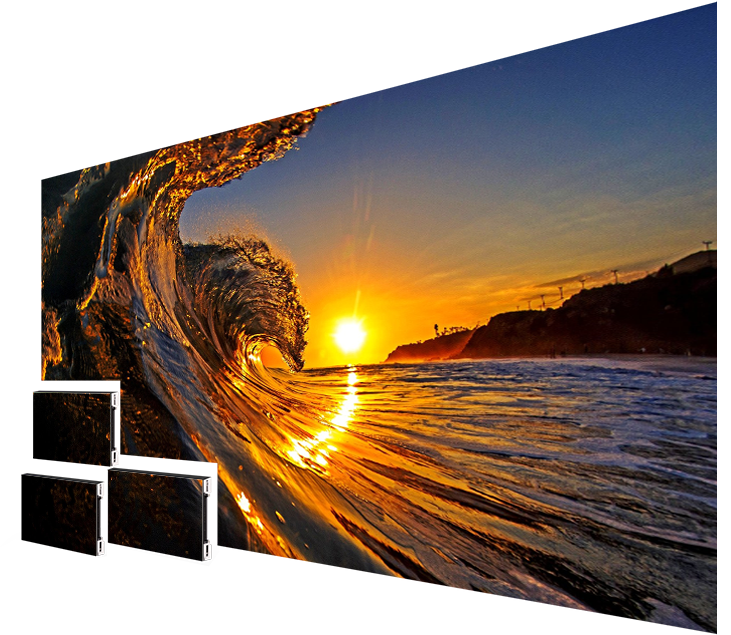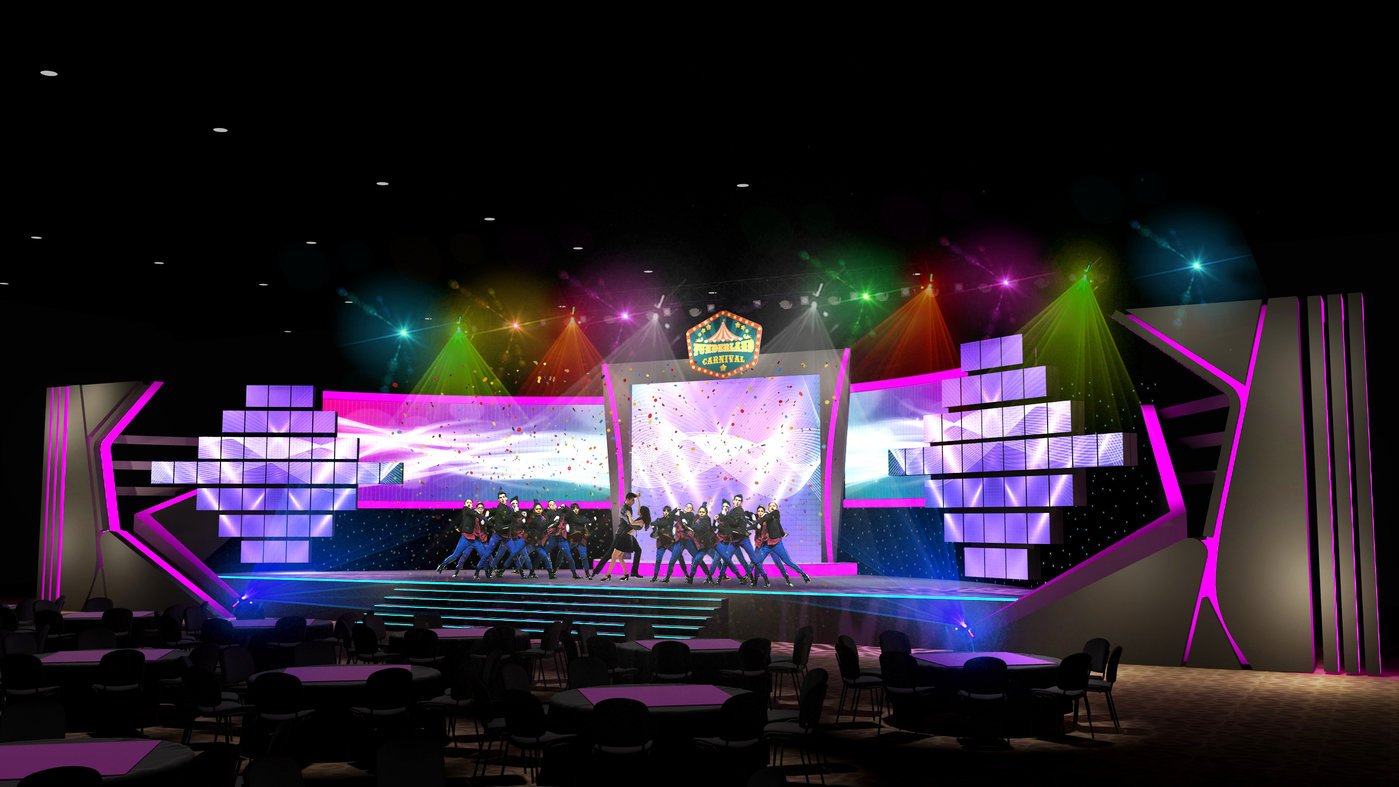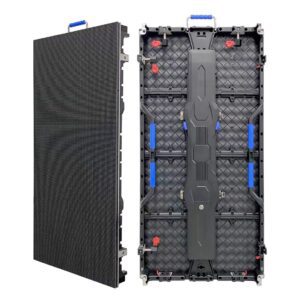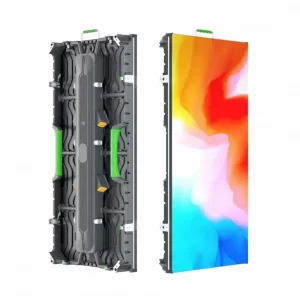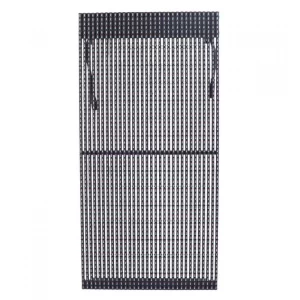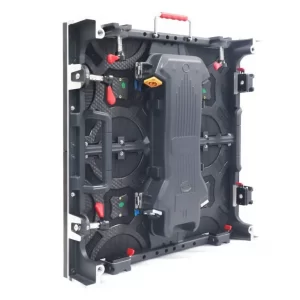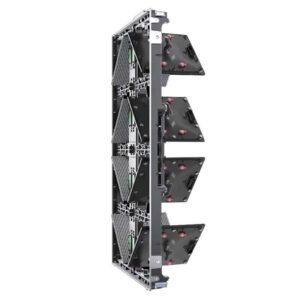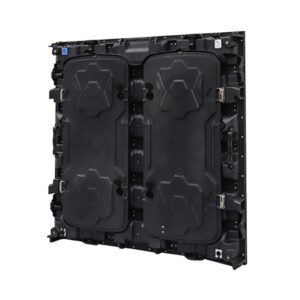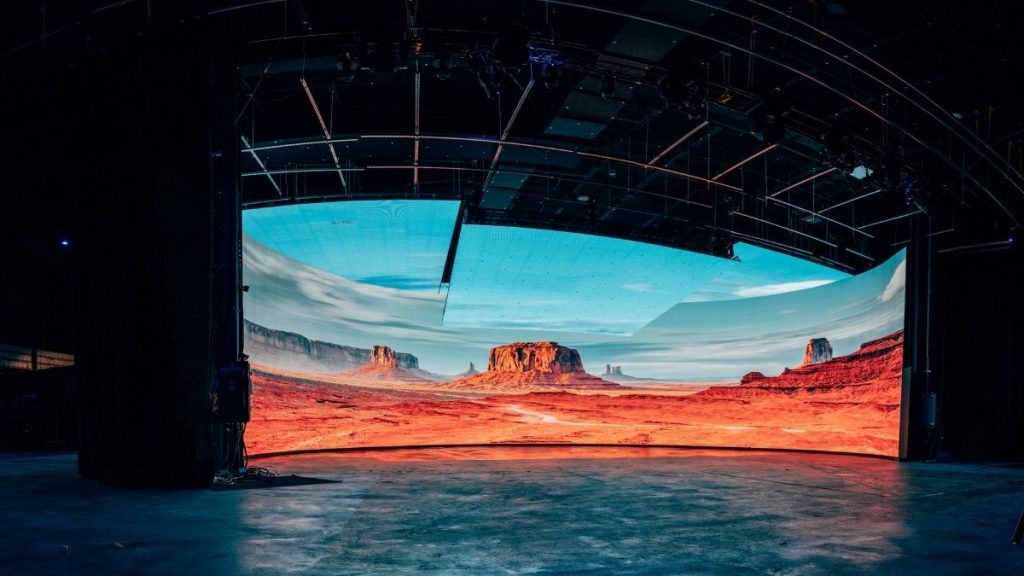Traditional stage backdrops, often made of fabric or vinyl, have served their purpose for decades.
However, the rise of LED technology has revolutionized stage design, offering a dynamic and versatile alternative.
LED screens, composed of light-emitting diodes, can display a wide range of visuals, from static images to high-definition videos, creating a more immersive and engaging experience for the audience.
Superior Image Quality:
LED screens boast superior image quality compared to traditional backdrops. They offer high resolution, vibrant colors, and excellent contrast, even at wide viewing angles.
This ensures a clear and captivating view for everyone in the audience, regardless of their seating location.
Dynamic and Versatile Content:
Unlike static fabric backdrops, LED screens can display a wide range of content. This includes pre-recorded videos, live feeds, animations, and even real-time social media interactions.
This dynamic versatility allows for a more engaging and interactive experience for the audience.
Adaptable to Different Events:
LED screens can be easily scaled to fit the size and shape of any stage.
Modular panels allow for various configurations, making them suitable for a wide range of events, from concerts and conferences to theatrical productions and fashion shows.
Faster Set-Up and Tear-Down:
LED panels are typically lightweight and modular, making them easier to transport and set up compared to bulky traditional backdrops.
This translates to faster set-up times and reduced labor costs for event organizers.
Cost-Effective in the Long Run:
While the initial investment for an LED screen might be higher than a traditional backdrop, their reusability makes them a cost-effective solution in the long run.
They eliminate the need to create and store multiple backdrops for different events.
Environmentally Friendly:
LED screens are generally more environmentally friendly than traditional backdrops.
They are often reusable and recyclable, reducing waste compared to disposable fabric or vinyl backdrops.
Improved Audience Engagement:
The ability to display dynamic visuals and real-time content on LED screens keeps the audience engaged and creates a more immersive experience.
This can be particularly beneficial for events that require a high level of audience participation.
Conclusion
In conclusion, LED screens offer a clear advantage over traditional stage backdrops.
Their superior image quality, dynamic content capabilities, and ease of use make them a versatile and cost-effective solution for a wide range of events.
As LED technology continues to evolve, we can expect even more innovative applications for stage design in the future.























